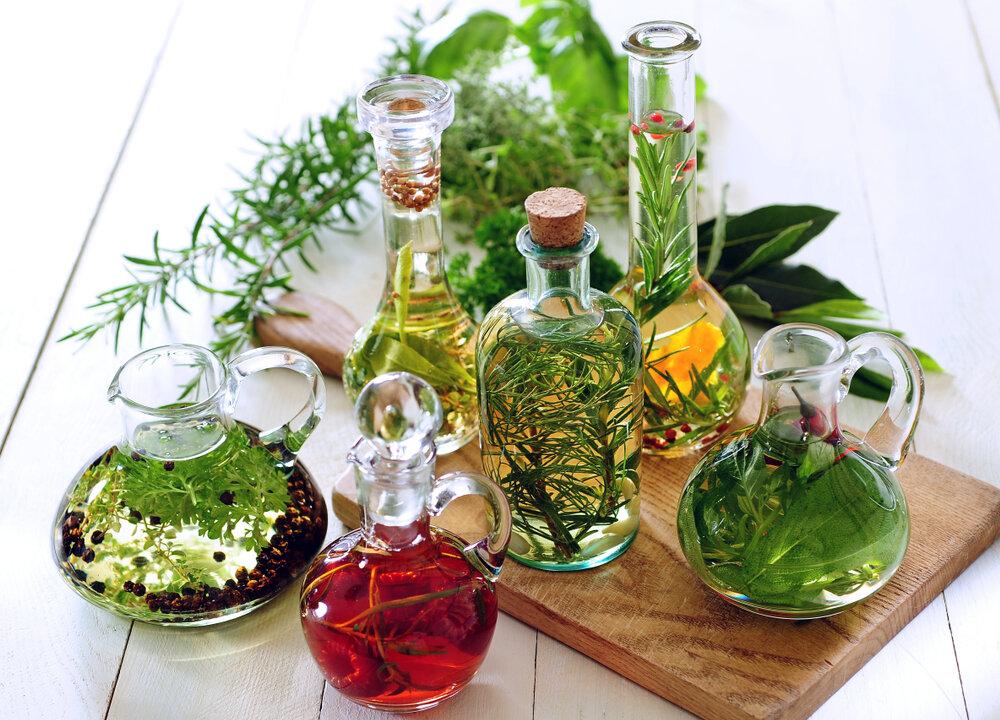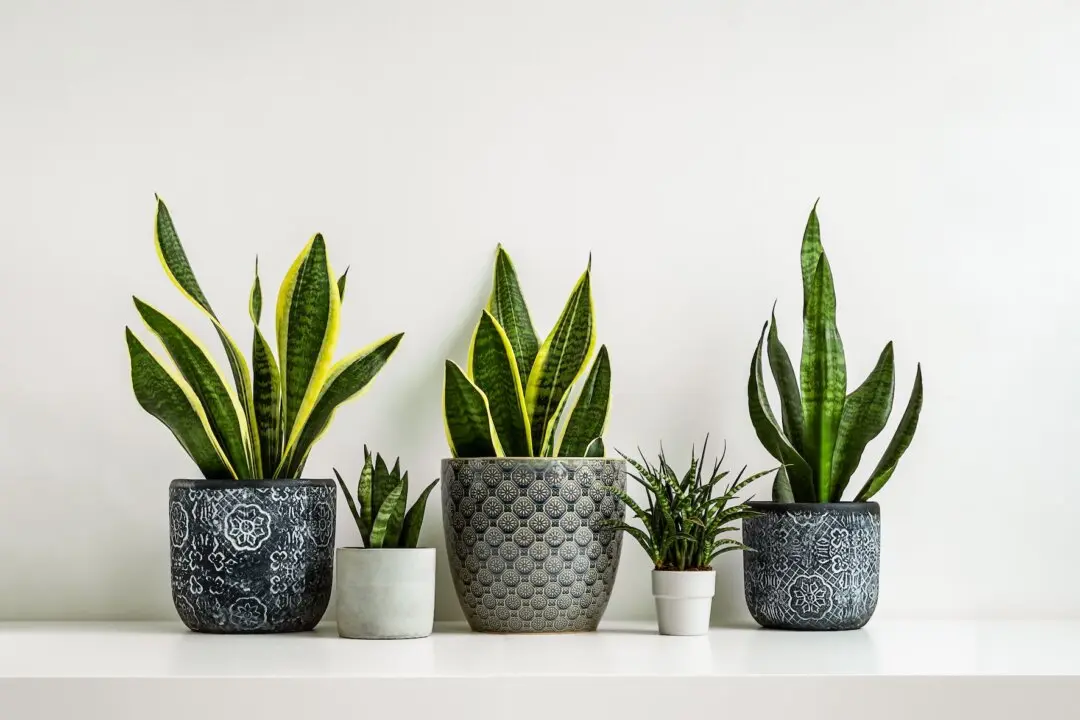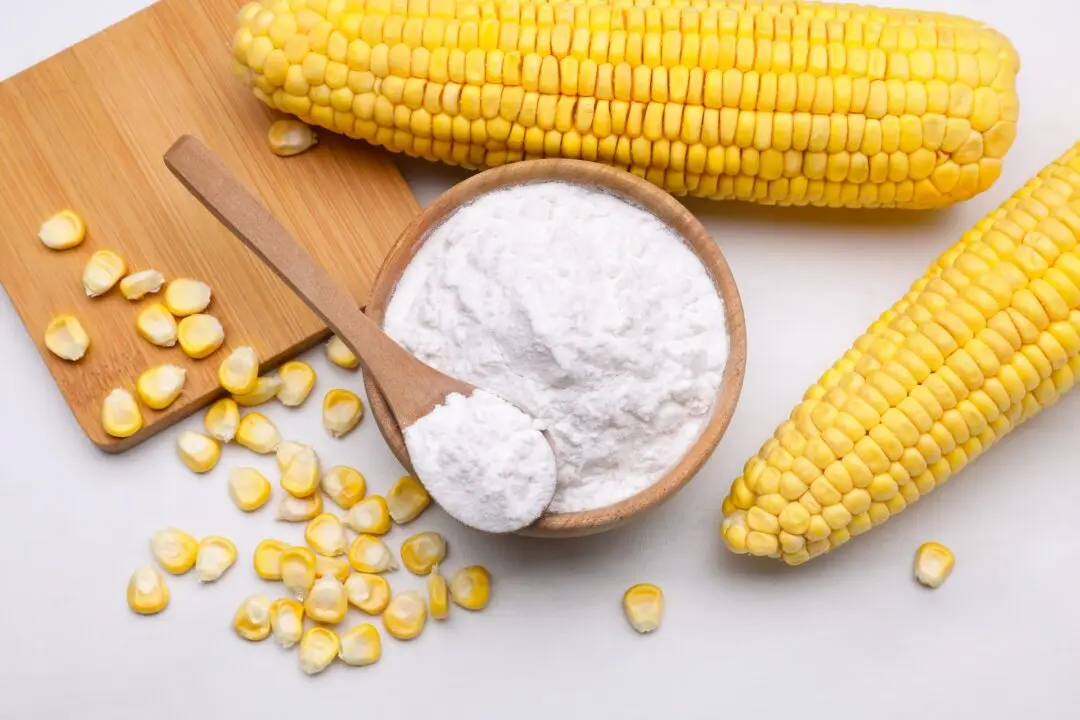Just as I was wondering what on earth I would do with all of the basil, oregano, and chives in my garden, here came a note from Ginny M. of Minnesota: “I love using flavored vinegars. How can I make my own?”
Her note reminded me that herb vinegars are so easy to make, but also that the holidays aren’t many months away. Flavor-infused vinegars make elegant gifts.





